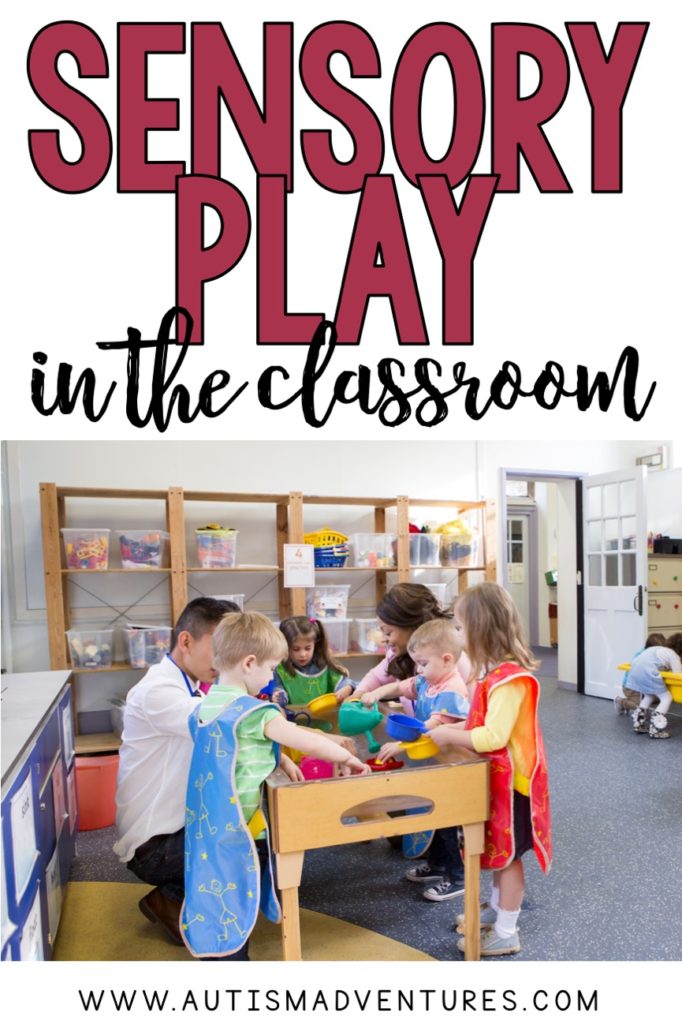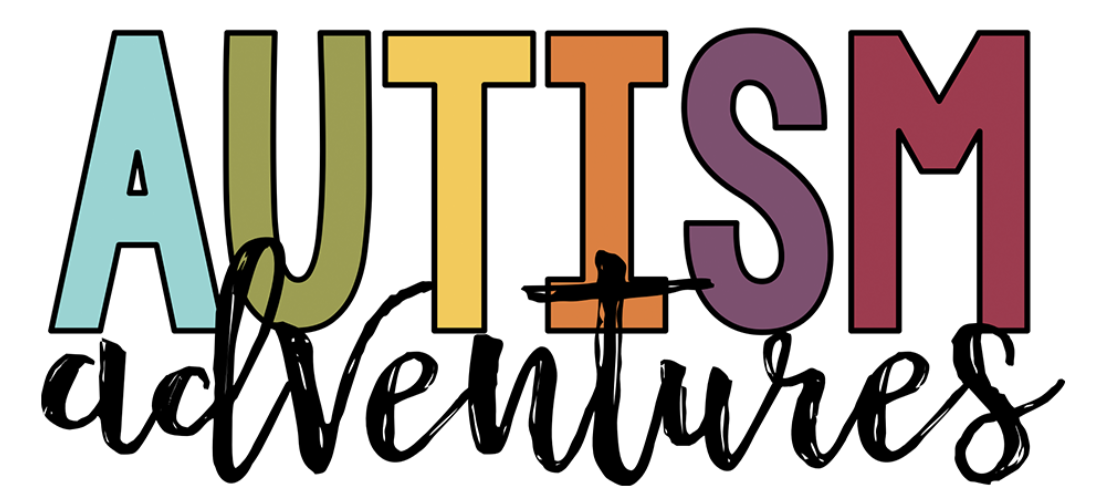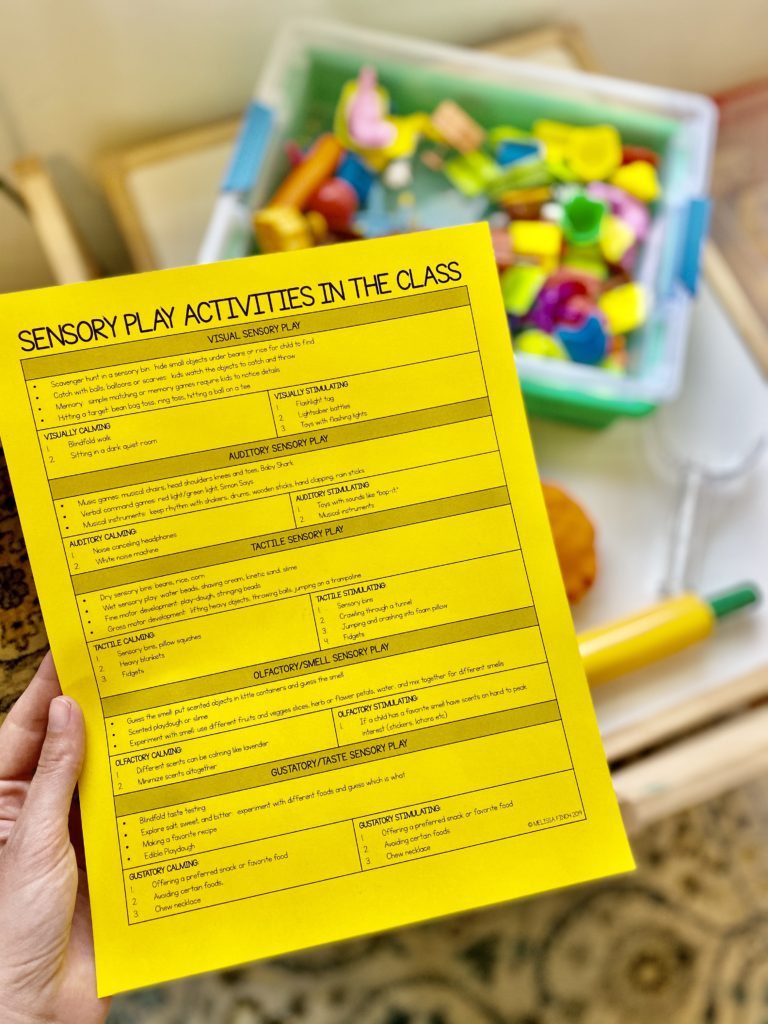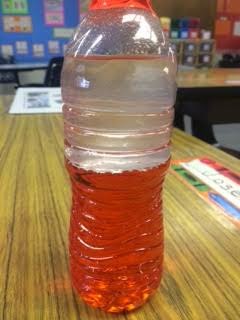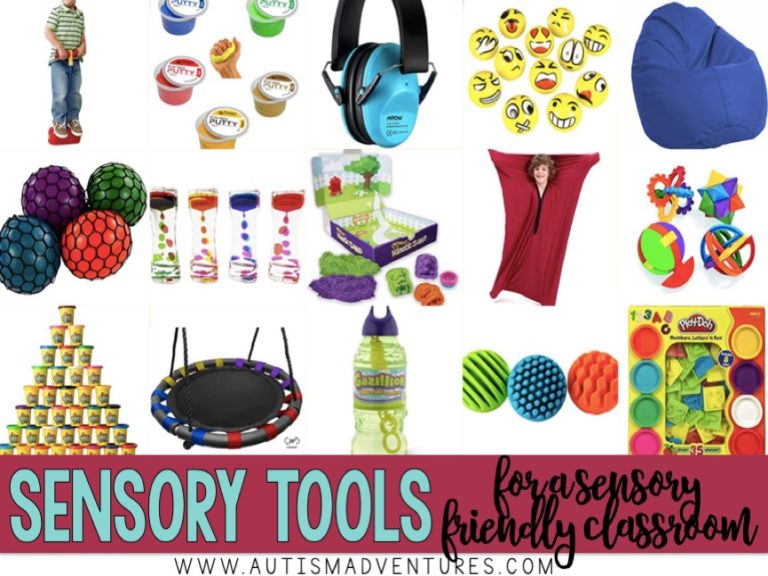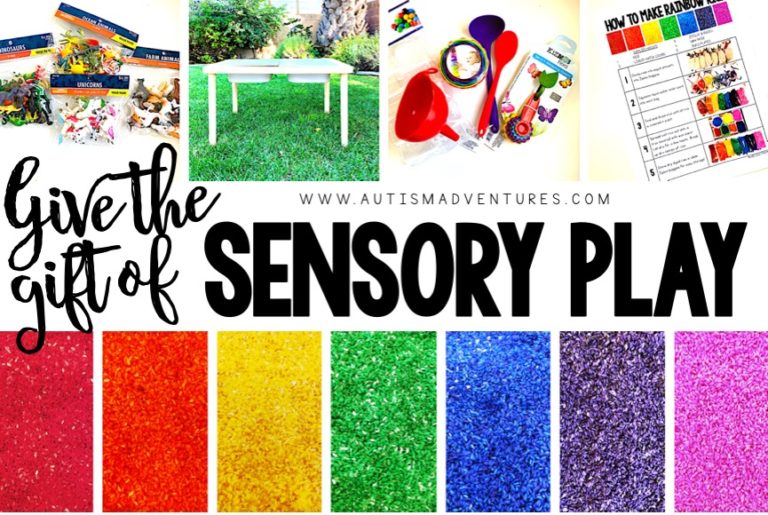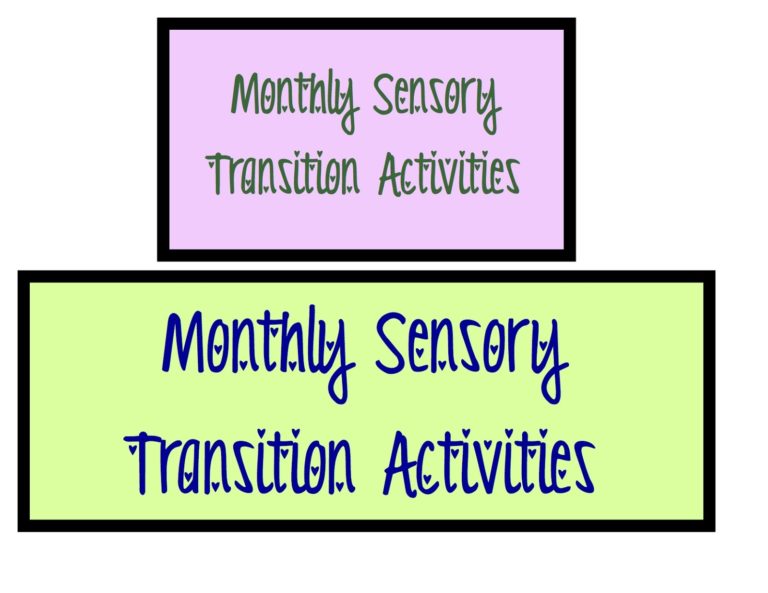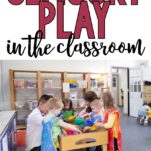Sensory Play in the Classroom
The classroom is a hub for learning. Other than kindergarten classes most people envision students sitting at desks all day long reading books, completing worksheets or using tech devices to learn. Did you know sensory play in the classroom serves a vital purpose to acquiring information?
To learn more about the basics of the 5 senses, read (and grab a freebie) HERE.

What is Sensory Play?
When I see a kid stacking blocks it’s easy to assume there’s not much going on other than the task at hand. There’s so much more though! Problem solving, fine motor development and physical play all work together to get the blocks to stack and balance. Creativity, social skills and vocabulary can also be involved. Who knew?
There is so much learning involved through play and more and more teachers are incorporating this method into the mix. Play-based learning is vital to children’s development research shows.
As educators, it makes sense that we use play to teach. More importantly seems logical to use sensory play when we work with students with sensory needs! Sensory play in the classroom not only helps kids learn, it serves as an outlet to self-regulate, develops their sensory integration and helps them explore environments using their senses.
Incorporating Sensory Play in the Classroom
Today’s post focuses on how to incorporate sensory play in the classroom. I will discuss what sensory play looks like for kids with sensory needs and provide different activities that touch all of the 5 senses, including ideas that help calm and stimulate kids. Children on the spectrum vary with their sensory needs so it is important to provide well-rounded offerings.
Finger painting, playdough, and swings are all common forms of sensory play. For most kids these things are fun…and messy, which makes it more fun!
Challenges of Sensory Play
Kids with sensory needs may struggle with these and similar activities. They may avoid sensory bins or motion oriented play. Sensory play helps stimulate kids senses, but if a child has certain reactivities to their senses it doesn’t make for a fun time.
I had a child that could not stand cold things. He was most comfortable when things were warm and cozy. Besides wanting to wear heavy sweatshirts and blankets, playing with cold things was out of the question. Shaving cream and water felt cold and therefore icky to him.
On the other hand there are children that are hungry for any and all sensory activities. They seek out as many rice bins and heavy work as possible. It might be difficult to pull kids away from this type of play to focus on other things. Sensory play is a perseveration for them.
The child I had that couldn’t stand cold things absolutely loved his hammock swing. Made sense, because it was a warm space. It was hard to get him out of the swing though when it was time to do other things.
How Do You Handle these Challenges?
For kids with sensory needs you may have kids that are sensory avoidant, sensory seeking, or somewhere in between.
There are also certain activities that may rev a kiddo’s engine up too much. Going back to my former student, playing with rice or beans was over stimulating for him. The more he dug his hands in those bins the more excited he got, which in return could turn into a tantrum to end this task.
Sensory play can have a calming effect and help kids self-regulate though. As I mentioned earlier, my learner loved his swing and this was usually the thing we turned to to help calm him, especially after he got into the rice bin.
It sounds like sensory play can be all over the place for our students, which can be hard to determine what to have and what not to have when it comes to sensory play in the classroom. What works or is good for one child may not work or be good for another child.
Troubleshooting Sensory Play Challenges
How do we get around this issue and provide the right sensory tools for our kids? It is essential to have a wide variety of sensory play activities. However that doesn’t mean you use all of them for one child. The other component needed to make sensory play successful is to know what works and what doesn’t for each child.
Assessing your kids sensory needs is the first step in achieving that information. To help you evaluate the kids in your classroom, check out this post.
Next I will offer sensory play activities categorized by senses to give you some ideas of what to offer in your class. I also have a free printable poster for you that can be easily printed and posted in your classroom. You can also share it with families! Print it out for your classroom by clicking on the image below:
Visual Sensory Play
- Scavenger hunt in a sensory bin: hide small objects under beans or rice for child to find
- Catch with balls, balloons or scarves: kids watch the objects to catch and throw
- Memory: simple matching or memory games require kids to notice details
- Hitting a target: bean bag toss, ring toss, hitting a ball on a T
- Visually Calming: blindfold walk, sitting in a dark quiet room,
- Visually Stimulating: Flashlight tag, lightsaber battles, toys with flashing lights
Auditory Sensory Play
- Music games: musical chairs, head shoulders knees and toes, Baby Shark
- Verbal command games: redlight green light, Simon Says
- Musical instruments: keep rhythm with shakers, drums, wooden sticks, hand clapping, rain sticks
- Auditory Calming: noise canceling headphones, white noise machine
- Auditory Stimulating: toys with sounds like “Bop-It,” musical instruments
Tactile Sensory Play
- Dry sensory bins: beans, rice, corn
- Wet sensory play: water beads, shaving cream, kinetic sand, slime
- Fine motor development: play-dough, stringing beads
- Gross motor development: lifting heavy objects, throwing balls, jumping on a trampoline
- Tactile Calming: sensory bins, pillow squishes, heavy blankets, fidgets
- Tactile Stimulating: sensory bins, crawling through a tunnel, jumping and crashing into foam pillow, fidgets
Olfactory/Smell Sensory Play
- Guess the smell: put scented objects in little containers and guess the smell
- Scented playdough or slime
- Experiment with smell: use different fruits and veggies slices, herb or flower petals, water, and mix together for different smells
- Olfactory Calming: different scents can be calming like lavender, or minimize scents altogether
- Olfactory Stimulating: If a child has a favorite smell have scents on hand to peak interest (stickers, lotions etc)
Gustatory/Taste Sensory Play
- Blindfold taste testing
- Explore salt, sweet, and bitter: experiment with different foods and guess which is what
- Making a favorite recipe
- Edible Playdough
- Gustatory Calming: offering a preferred snack or favorite food, avoiding certain foods, chew necklace
- Gustatory Stimulating: offering a preferred snack or favorite food, avoiding certain foods, chew necklace
Putting It All Together
Now that you have a list of different sensory play ideas and have a good feel for what your students like or don’t like you may be wondering how to incorporate sensory play into the classroom.
Sensory play can easily fit into the classroom and work for your students by doing the following:
- Incorporate sensory breaks throughout the day. If a student has been sitting or focusing for a period of time give them a choice of a favorite sensory activity to unwind.
- Use sensory activities to help self-regulate if student needs to focus on a task. Pick something that is calming not stimulating for child.
Classroom Examples
My student who loved swings but avoided cold/wet sensory activities would get an opportunity to swing before math and reading time. He would be regulated and able to focus on the lessons. We also used it for break time after his lessons.
- Use sensory play to teach lessons. Is there a skill your student is working on? Find a sensory activity to help teach the skill. Using sensory activities while learning helps child focus and makes it fun.
I had a student learning to use social greetings. We played with little action figures in a rice bin to roleplay conversations. I had another student who was learning how to sort objects. She also had low fine motor functioning. We would have her make little balls out of playdough using different colors and then she had to sort the balls.
- Pick sensory activities that work for your students. All sensory play activities are great, but are unproductive if they have a negative impact on a child. Don’t force anything on a child if they don’t like it. Or slowly introduce the activity over time if trying to get students used to a new sensory activity you know s/he doesn’t prefer. If trying sensory play for the first time and a child has an adverse reaction it is okay to stop.
I had a student that loved gross motor activities but did not like small spaces. We didn’t use the hammock swing and instead used platform swings or the trampoline.
- Use sensory play to help students get in their right fit spots. Is a student full of energy? Bring out a calming activity. Is a student looking tired? Use sensory play to boost energy.
I had a student that loved to jump. He was given jumping breaks throughout the day but sometimes would get over active. He responded well to deep pressure and would calm down after sitting in a foam pillow.
Conclusion
As you can see sensory play in the classroom vital to students with autism. It greatly helps their learning, development and regulation. It fits perfectly with their sensory needs too. I hope these tips and ideas give you direction on how to use sensory play in your classroom.
Like what you read? Don’t forget it, PIN IT!
